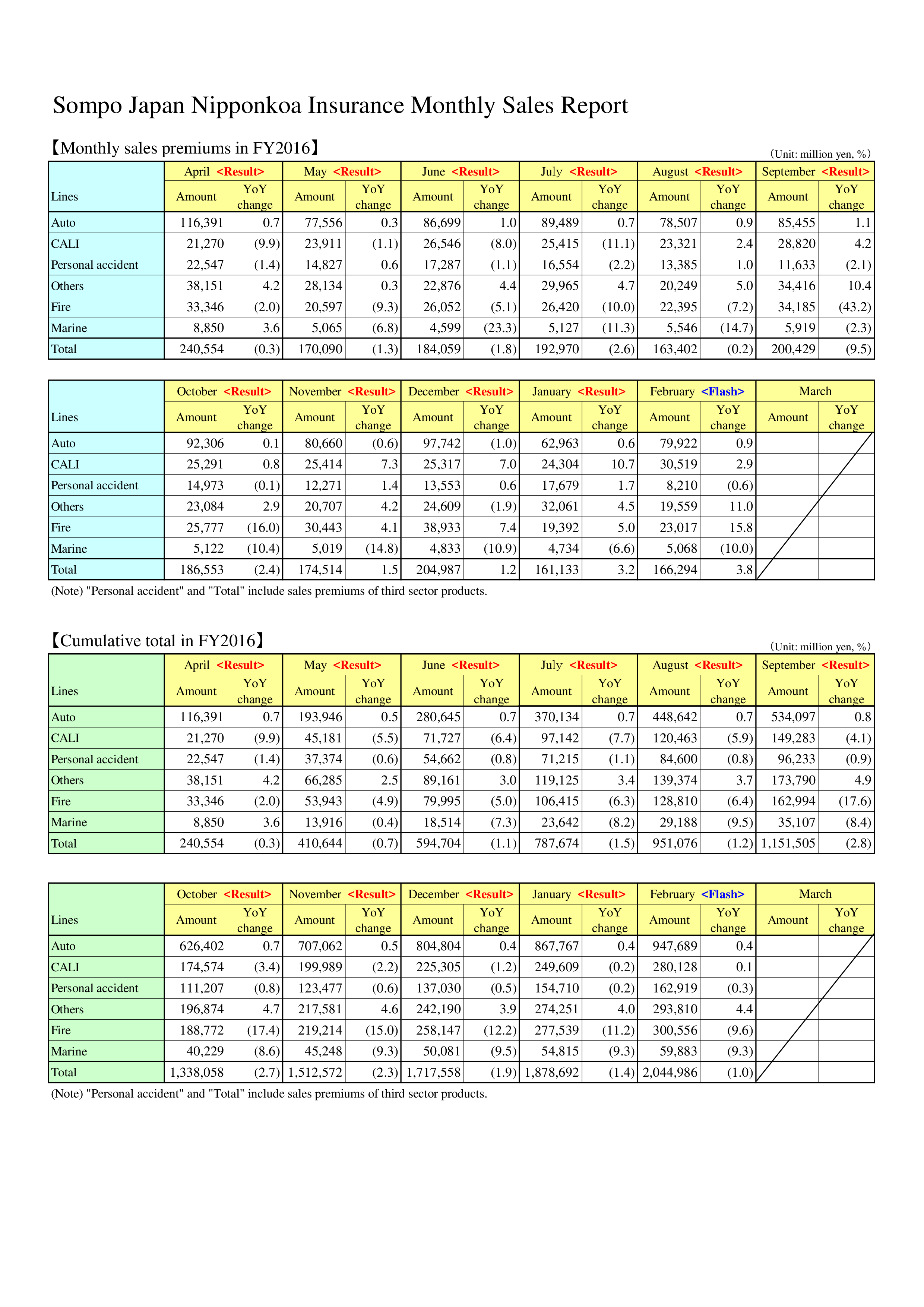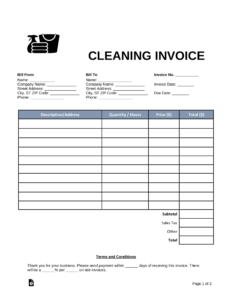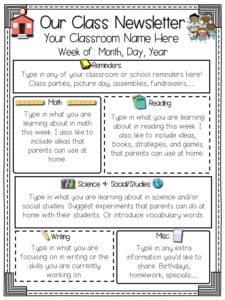In the world of business, sales reports play a crucial role in the decision-making process. They provide valuable insights into the performance of a company’s sales team, identify areas of improvement, and help set achievable goals. However, creating an effective sales report from scratch can be a time-consuming and daunting task. This is where sales report templates come into play.
What are Sales Report Templates?
Sales report templates are pre-designed documents that provide a framework for organizing and presenting sales data. They offer a standardized format that can be easily customized to suit the specific needs of a business. Sales report templates simplify the process of creating comprehensive reports and enable sales managers to focus on analyzing the data rather than spending hours on formatting.
These templates typically include sections for key performance metrics, such as revenue, units sold, customer acquisition, and customer retention. They may also feature graphs, charts, and tables to visually represent the data. With the help of sales report templates, companies can streamline their reporting process, improve efficiency, and make data-driven decisions.
The Benefits of Using Sales Report Templates
1. Time-saving: Building a sales report from scratch can be time-consuming. By using a template, you can save valuable time and effort, allowing you to focus on analyzing the data and taking necessary actions.
2. Consistency: Sales report templates ensure consistency in reporting across different teams and departments. This makes it easier to compare performance and identify trends over time.
3. Professionalism: Templates provide a professional and polished look to your reports. They help you present your data in a clear and visually appealing manner, enhancing your credibility with stakeholders.
4. Customization: Most sales report templates are customizable, allowing you to tailor them to your specific needs. You can add or remove sections, modify the layout, and include additional data points relevant to your business.
5. Standardization: Sales report templates promote standardization in reporting by providing a predefined structure. This ensures that all relevant information is included and presented consistently, making it easier for stakeholders to understand and interpret the data.
Types of Sales Report Templates
There are various types of sales report templates available, each catering to different reporting needs. Let’s explore some of the most common ones:
1. Monthly Sales Report Template
A monthly sales report template provides a comprehensive overview of the sales performance for a specific month. It includes key metrics such as total revenue, units sold, average order value, and top-selling products or services. This template helps track monthly progress and identify trends or patterns.
2. Quarterly Sales Report Template
A quarterly sales report template is similar to the monthly report but covers a three-month period. It provides a more detailed analysis of sales performance, allowing businesses to assess progress and make adjustments to their strategies on a quarterly basis.
3. Annual Sales Report Template
An annual sales report template summarizes the sales performance of a company over the course of a year. It provides a holistic view of the business’s sales achievements, challenges, and growth opportunities. This template is useful for presenting the overall sales performance to stakeholders and setting goals for the following year.
4. Sales Pipeline Report Template
A sales pipeline report template focuses on tracking the progress of potential deals through various stages of the sales process. It provides insights into the number of leads, conversion rates, and the value of deals in different stages. This template helps sales teams identify bottlenecks and prioritize their efforts to close deals.
5. Sales Performance Dashboard Template
A sales performance dashboard template is a visual representation of key sales metrics in real-time. It offers a snapshot of the sales team’s performance, highlighting areas of success and areas that need improvement. This template is ideal for monitoring the sales team’s progress and identifying opportunities for growth.
How to Choose the Right Sales Report Template
With a wide range of sales report templates available, it’s important to choose the one that aligns with your reporting goals and requirements. Here are some factors to consider when selecting a sales report template:
1. Purpose
Consider the purpose of your sales report. Are you tracking monthly progress, analyzing quarterly performance, or presenting the annual sales achievements? Choose a template that caters to your specific reporting needs.
2. Metrics
Determine the key metrics you want to include in your report. Look for a template that provides sections for those metrics, such as revenue, units sold, customer acquisition, and customer retention.
3. Visual Representation
Consider how you want to visually represent your data. Some templates offer various graph and chart options, while others focus more on tables and figures. Choose a template that presents your data in a visually appealing and easily understandable manner.
4. Customization Options
Check if the template allows for customization. You may want to add or remove sections, modify the layout, or include additional data points. Choose a template that offers flexibility in customization.
5. User-Friendliness
Ensure that the template you choose is user-friendly and easy to navigate. It should be intuitive and require minimal effort to input your data and generate the final report.
Best Practices for Using Sales Report Templates
Now that you have chosen the right sales report template, here are some best practices to follow to maximize its effectiveness:
1. Gather Accurate Data
Ensure that you have accurate and up-to-date data before inputting it into the template. Inaccurate or incomplete data can lead to misleading insights and decisions.
2. Keep it Concise
Avoid overwhelming your report with excessive information. Focus on the key metrics and insights that are most relevant to your reporting goals. Keep the report concise and easy to digest.
3. Use Visuals Effectively
Take advantage of the visual elements offered by the template to present your data in an engaging and understandable way. Use graphs, charts, and tables strategically to highlight trends and comparisons.
4. Provide Context
Include a brief introduction or executive summary that provides context for the data presented in the report. This helps stakeholders understand the purpose and significance of the report at a glance.
5. Analyze and Interpret
Don’t just present the data; analyze and interpret it. Identify trends, patterns, and outliers. Provide insights and recommendations based on the data to drive actionable decisions.
6. Regularly Review and Update
Sales report templates should not be static documents. Regularly review and update them to reflect changing business needs and priorities. This ensures that your reports remain relevant and valuable over time.
Conclusion
Sales report templates are powerful tools that simplify the process of creating comprehensive and visually appealing reports. By using these templates, businesses can save time, maintain consistency, and make data-driven decisions. Whether you need to track monthly progress, analyze quarterly performance, or present annual achievements, there is a sales report template available to suit your needs. Remember to choose the template that aligns with your reporting goals, gather accurate data, and follow best practices to maximize the effectiveness of your reports.
FAQs
1. How often should sales reports be generated?
Sales reports can be generated on a monthly, quarterly, or annual basis, depending on the reporting needs of the business. However, it is recommended to generate them regularly to track performance and identify areas for improvement.
2. Can sales report templates be customized to include additional metrics?
Yes, most sales report templates can be customized to include additional metrics that are relevant to your business. You can modify the template to suit your specific reporting requirements.
3. Are sales report templates suitable for all types of businesses?
Yes, sales report templates can be used by businesses of all sizes and industries. They provide a structured framework for organizing and presenting sales data, making them valuable for any business that wants to track and analyze its sales performance.
4. Can sales report templates be used for team performance evaluation?
Yes, sales report templates can be used to evaluate the performance of sales teams. By comparing individual or team metrics against targets, managers can assess performance, identify top performers, and provide targeted coaching or training.
5. Where can I find sales report templates?
There are various sources where you can find sales report templates. Online marketplaces, such as Microsoft Office Templates and Template.net, offer a wide range of pre-designed templates. Additionally, many customer relationship management (CRM) software platforms provide built-in sales report templates that can be customized to your specific needs.
In conclusion, sales report templates are valuable tools that simplify the process of creating comprehensive and visually appealing reports. By choosing the right template, gathering accurate data, and following best practices, businesses can leverage these templates to improve efficiency, maintain consistency, and make data-driven decisions. Whether you need to track monthly progress, analyze quarterly performance, or present annual achievements, there is a sales report template available to suit your needs.FAQs (Continued)
6. Can sales report templates be automated?
Yes, sales report templates can be automated using various software and tools. By integrating your sales data with reporting tools or using spreadsheet formulas, you can automate the process of generating sales reports. This saves time and ensures accuracy in data compilation.
7. How can sales report templates help in identifying sales trends?
Sales report templates provide a systematic way to track sales data over time. By analyzing the data presented in the templates, businesses can identify sales trends such as seasonal fluctuations, product popularity, or changes in customer behavior. These insights help businesses make informed decisions and adapt their sales strategies accordingly.
8. Are there industry-specific sales report templates available?
Yes, there are industry-specific sales report templates available for various sectors such as retail, e-commerce, manufacturing, and services. These templates are tailored to address the unique reporting needs of specific industries and may include industry-specific metrics or benchmarks.
9. Can sales report templates be used for forecasting?
While sales report templates primarily focus on presenting historical sales data, they can also be used as a starting point for forecasting future sales. By analyzing past trends and performance, businesses can make informed predictions about future sales and set realistic targets.
10. Are there free sales report templates available?
Yes, there are free sales report templates available online. Many websites offer a selection of free templates that can be downloaded and customized to suit your needs. However, it’s important to ensure that the free templates you choose are from reputable sources and meet your reporting requirements.
Summary
Sales report templates are powerful tools that simplify the process of creating comprehensive and visually appealing reports. They save time, maintain consistency, and enable businesses to make data-driven decisions. Whether you need to track monthly progress, analyze quarterly performance, or present annual achievements, there is a sales report template available to suit your needs. By choosing the right template, gathering accurate data, and following best practices, businesses can leverage these templates to improve efficiency and gain valuable insights into their sales performance.
Remember to choose a template that aligns with your reporting goals, customize it to include relevant metrics, and present your data in a visually appealing manner. Regularly review and update your sales report templates to ensure they remain relevant and valuable over time. By utilizing sales report templates effectively, businesses can stay ahead of the competition and drive growth through data-driven decision-making.





